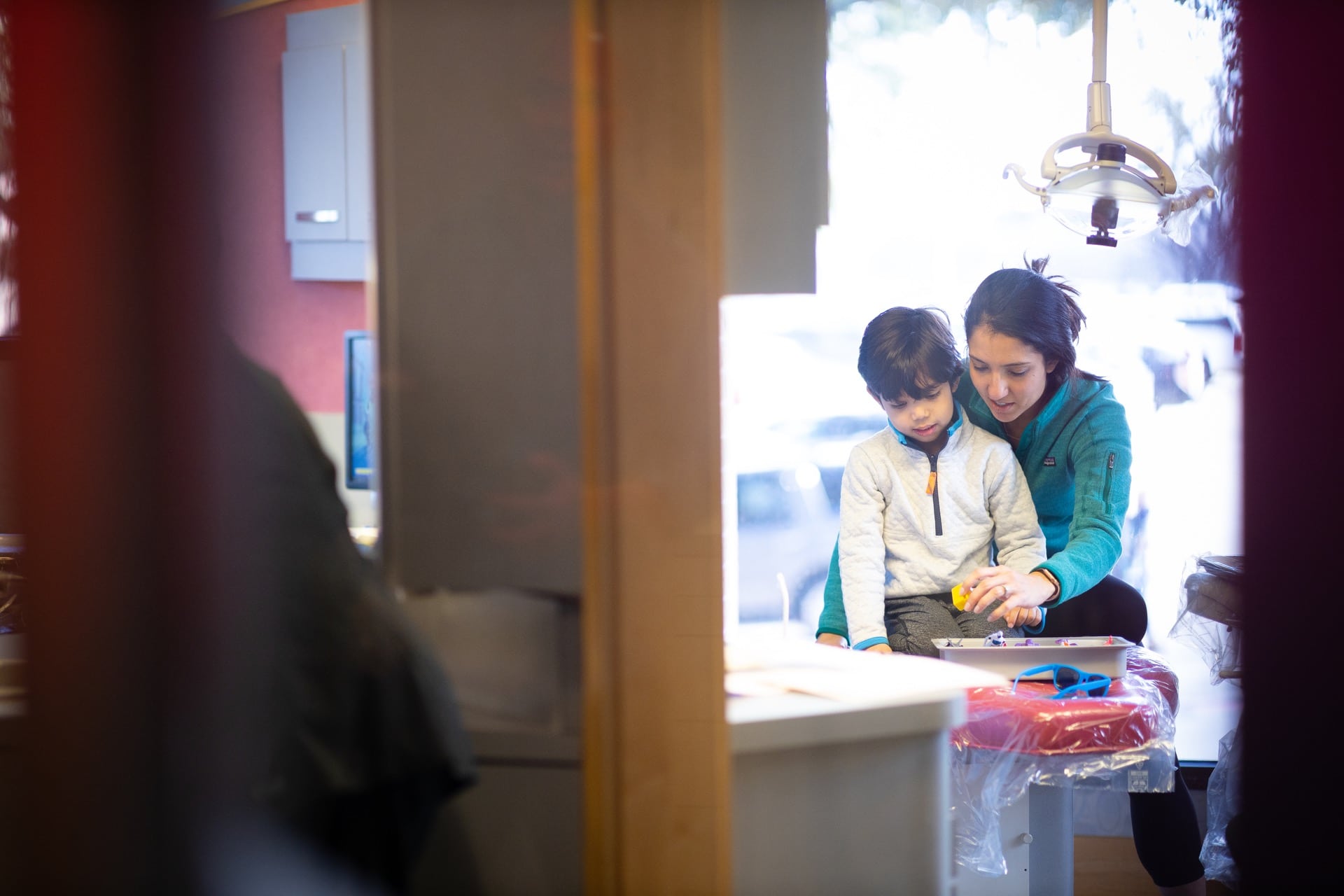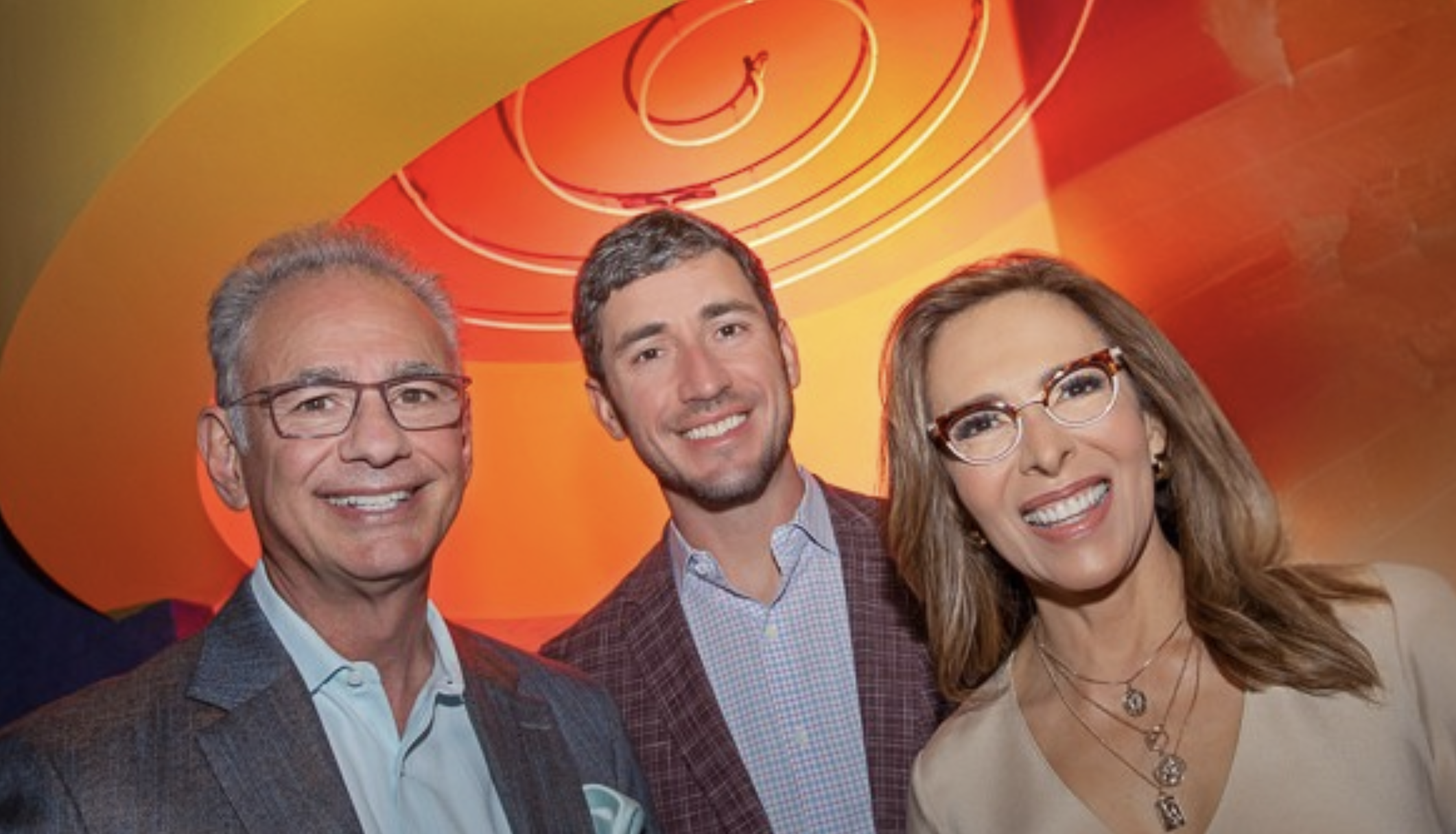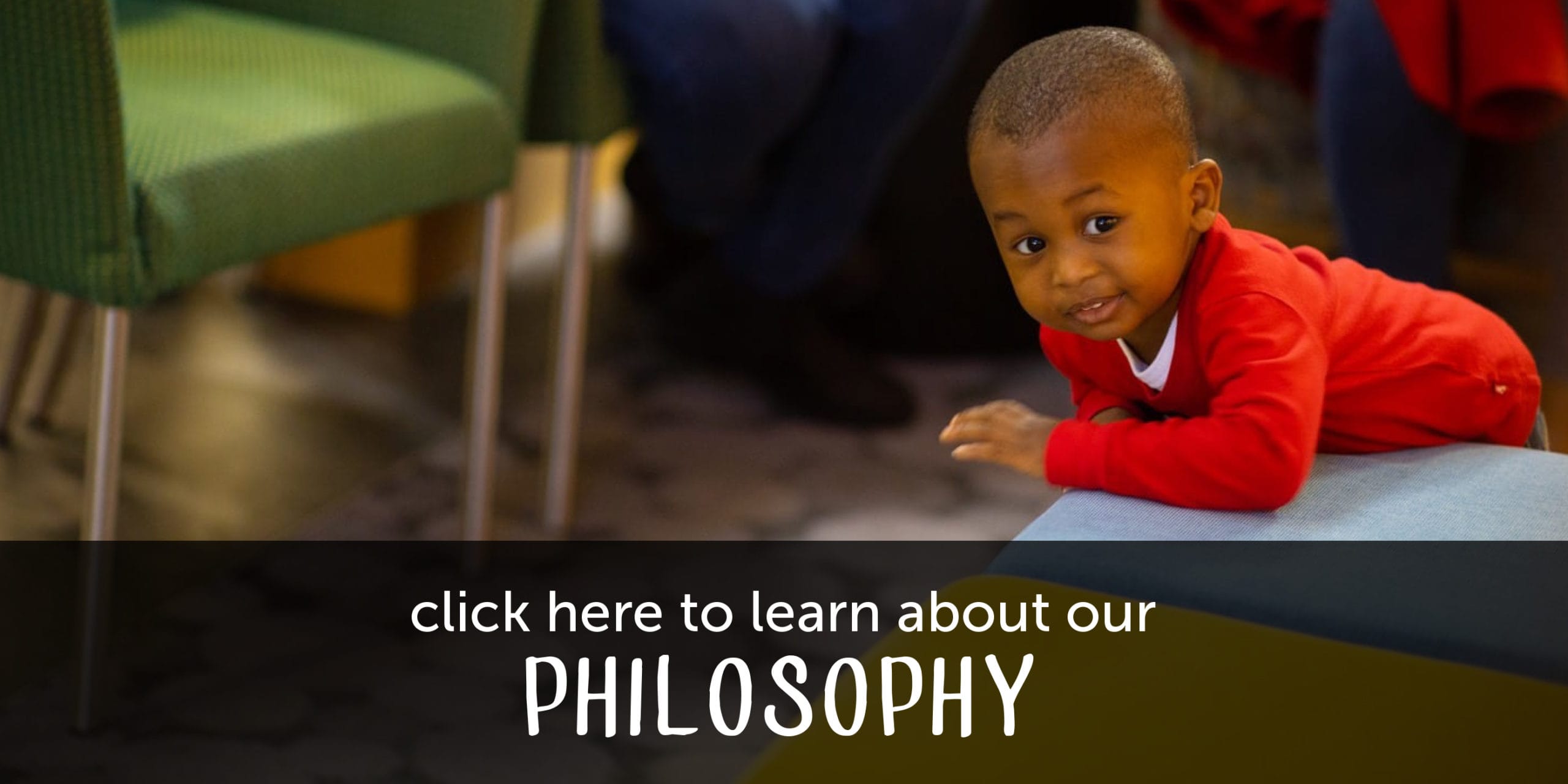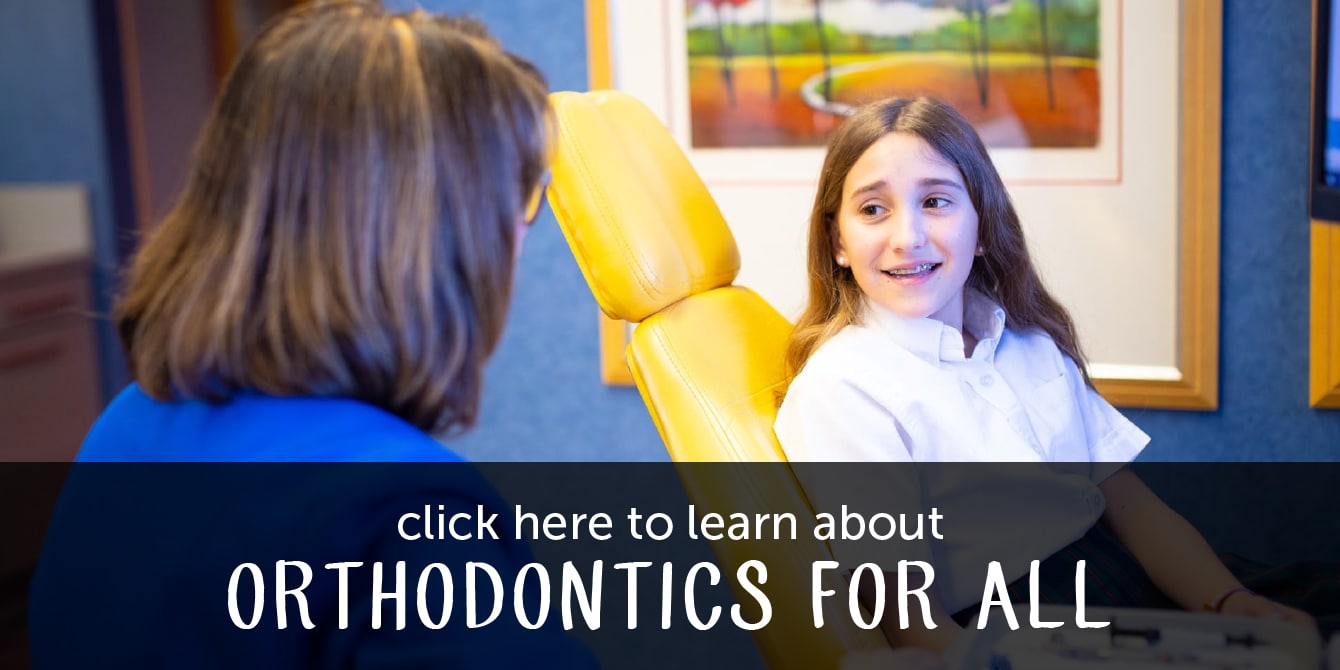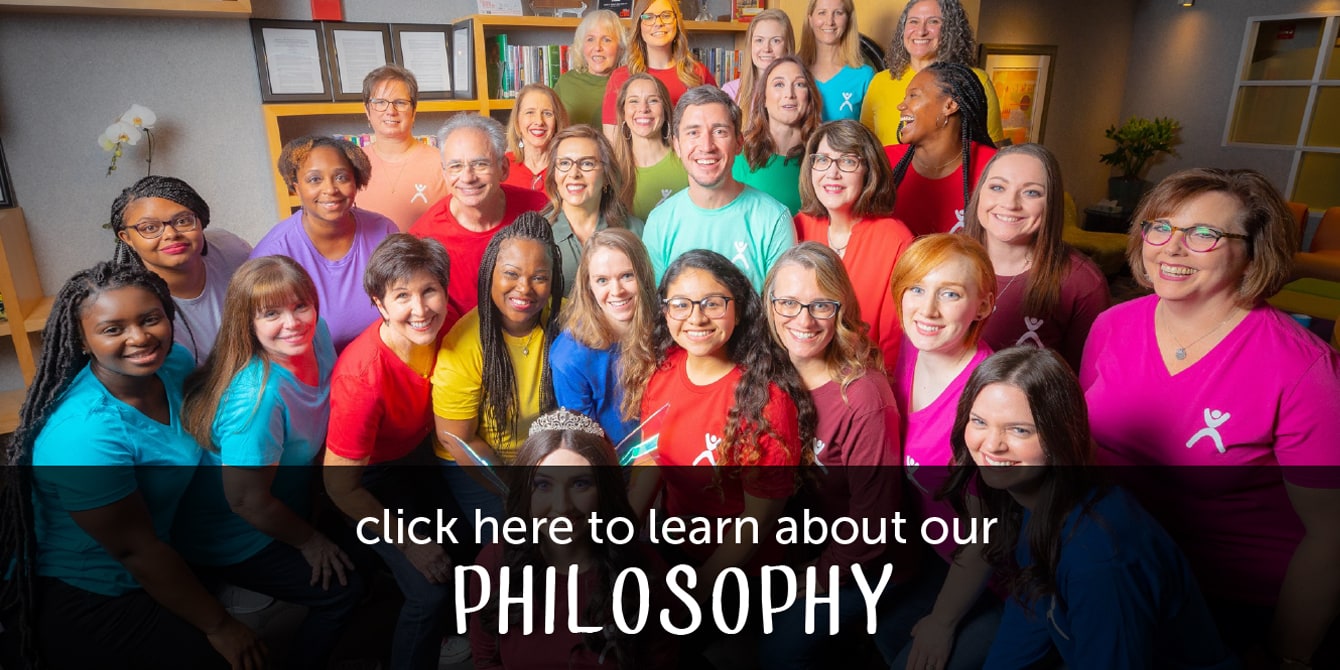Deciding on a toothpaste for your child can feel a little overwhelming. After all, there are dozens of brands to choose from that all claim to possess a wide range of benefits for your child’s teeth and gums. Fluoride or no fluoride? With added flavor or without? Let us support you with the decision making process and, with our help, this will be a piece of cake (sugar-free cake, of course).
When should my child begin using fluoride?
First, let’s take into consideration the age of your child. For children ages two and under, we recommend that your child use training toothpaste that is fluoride-free. Brands such as Orajel and Tom’s of Maine have such products that taste fruity and are specially formulated for infants and toddlers.

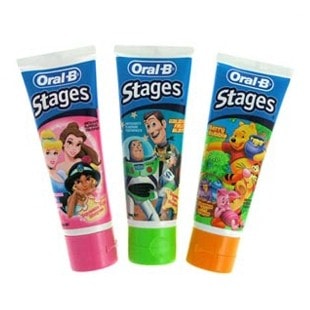
At age two you can graduate them to a regular children’s toothpaste containing fluoride. Crest Kid’s toothpaste has sparkles and is mildly sweet- perfect for your little one to transition out of training toothpaste. Oral-B also carries a line called Stages that offers a wide variety of familiar characters on their tubes to make picking out a toothpaste fun. For those of you who prefer organic products, Tom’s of Maine has a Silly Strawberry toothpaste that is widely popular with our patients.
For children ages six and above, any regular toothpaste with fluoride may be used. The vital anti-cavity benefits of fluoride are very valuable in starting your child’s dental health on the right path. Try to avoid using any toothpaste that claims to whiten, have tartar control (such as Crest Pro Health) or have lemon or cinnamon flavorings added. These products have extra ingredients to look appealing to consumers, however they are the typical culprits involved in toothpaste allergies.
How much toothpaste should my child use?
Most children’s toothpastes contain fluoride unless specifically labeled as fluoride-free. In the past, parents were advised to wait until their child could spit before they begin using a fluoride toothpaste. However, recent studies (as endorsed by the American Academy of Pediatric Dentistry) have shown that the small amount of fluoride toothpaste ingested during brushing is not harmful as long as you use an age appropriate amount.
For infants, use an amount of toothpaste the size if a grain of rice. At age two begin using a lentil-sized amount and rub the toothpaste into the bristles with your finger prior to brushing. This will ensure that the toothpaste is well distributed throughout the brush and decreases the chances of your child eating the toothpaste right off the bristles. If there is any concern for residual toothpaste in your child’s mouth after brushing, you can rinse the toothbrush and go back and brush with just water or you may use a wet washcloth to wipe any areas of remaining toothpaste. At ages six and above, they may use a pea-sized amount of toothpaste.
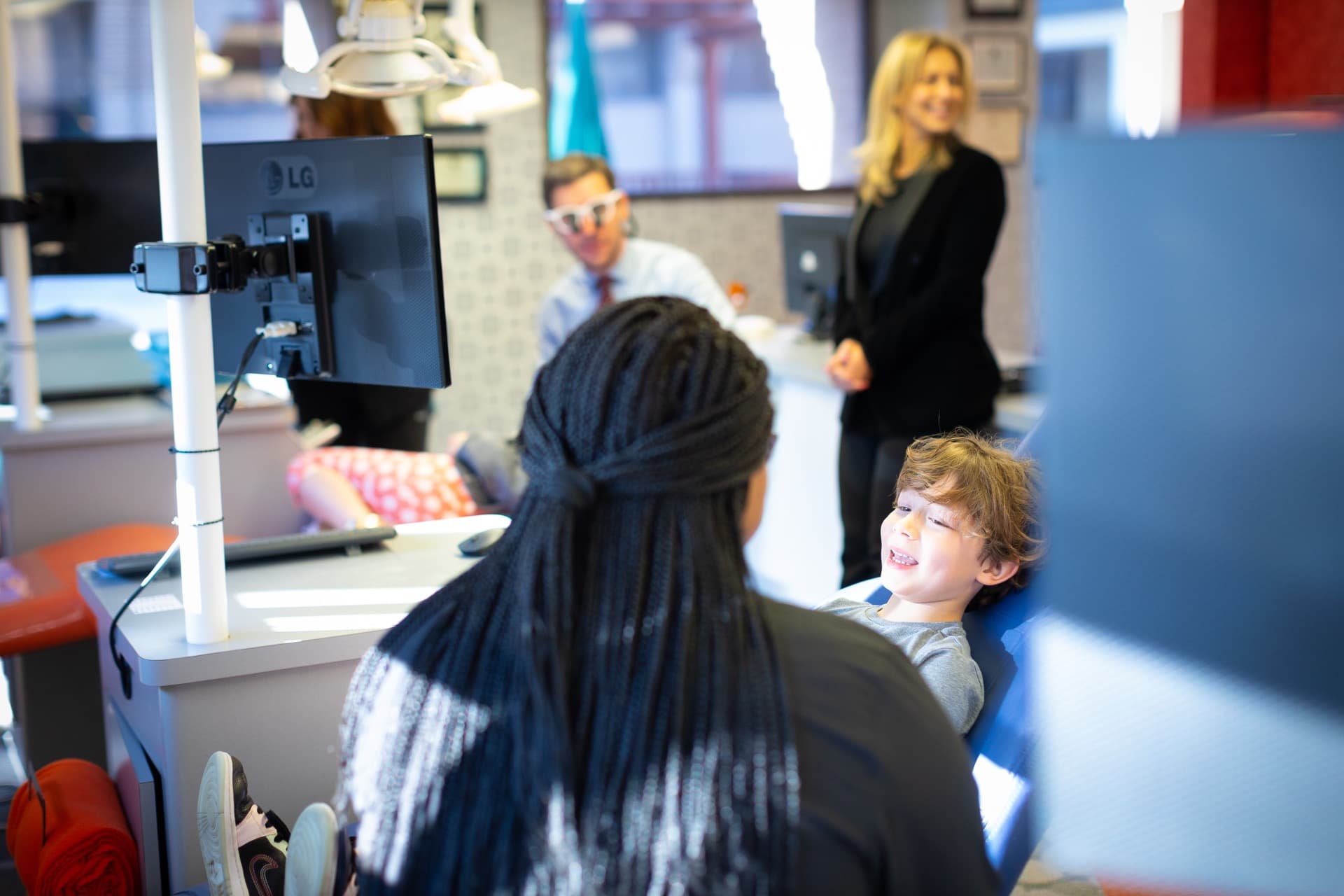

How Can I Tell If My Child Has A Toothpaste Allergy?
Toothpaste allergies have increased over time with the introduction of new products that try to “do it all.” Excessive ingredients are sometimes added in order to make a toothpaste look more desirable to the average consumer. Toothpastes that contain such ingredients claim to whiten, control tartar, or have the added flavorings of lemon or cinnamon. Studies have shown that in some patients these products can cause allergic reactions when exposed to oral mucosa (mouth tissue).
To identify a toothpaste allergy, look for a white film on your child’s lips or cheeks that you can wipe off. An allergic reaction to a toothpaste is typically mild in which the allergen in the toothpaste irritates the top layer of cells causing tissue sloughing on the cheeks and lips. Switching to a plain toothpaste with less additional chemical ingredients will usually resolve the issue within two weeks.
If you have any additional questions about toothpaste or any other dental health questions, check out our Patient Education, comment below, or Contact Us. Happy Brushing!
